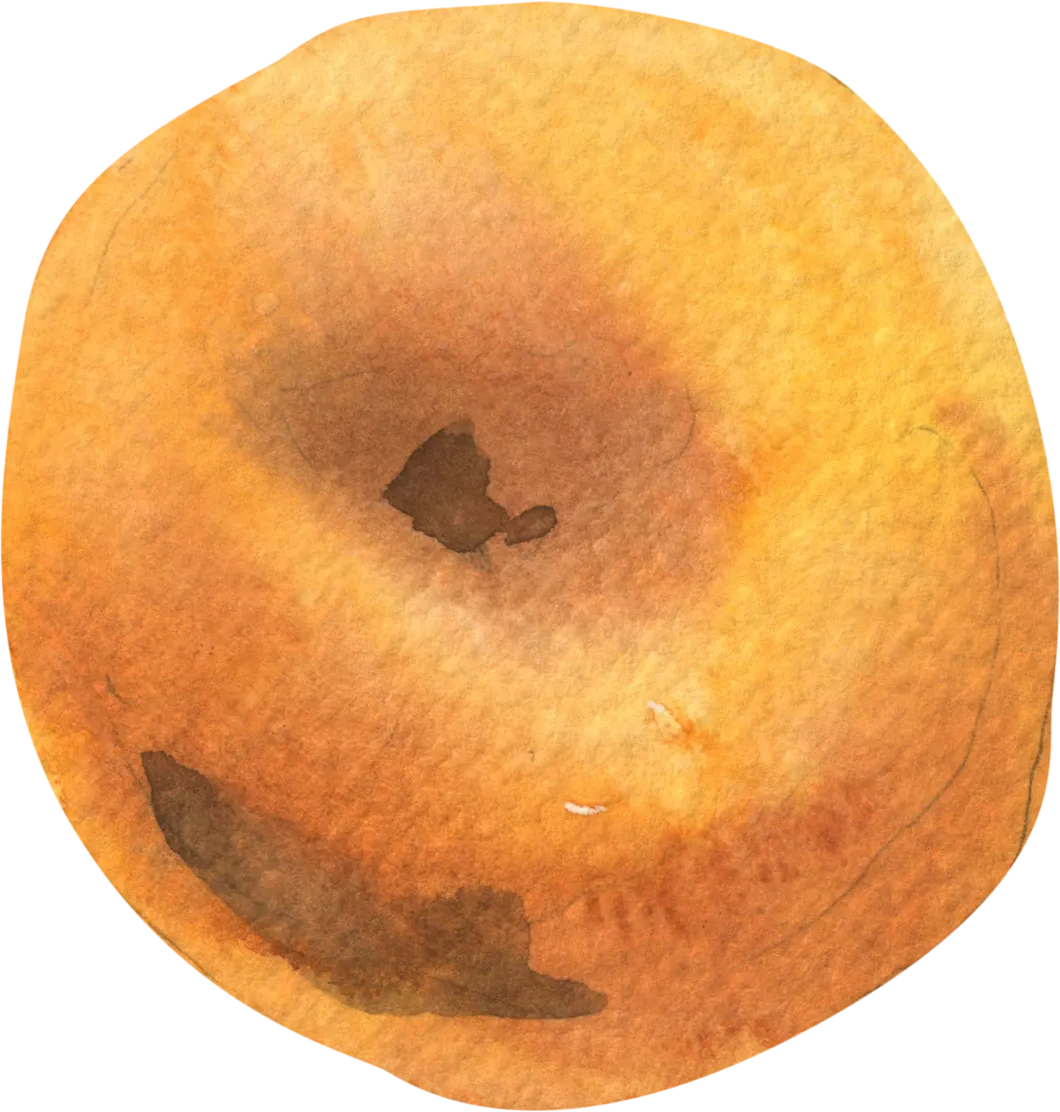The Health Benefits of Radicchio: A Bitter and Nutrient-Rich Leafy Vegetable
Introduction
Radicchio is a vibrant, purple-red leafy vegetable known for its slightly bitter flavor and crunchy texture. Often used in Italian cuisine, this striking vegetable adds a pop of color and a burst of nutrients to salads, pastas, and other dishes. Beyond its beautiful appearance, radicchio is packed with vitamins, minerals, and antioxidants that offer a variety of health benefits.
Health Benefits of Radicchio
- Promotes Bone Health
Radicchio is rich in vitamin K, which plays an essential role in bone health. Vitamin K helps improve calcium absorption, maintaining bone density and reducing the risk of osteoporosis.
- Supports Digestive Health
The fiber content in radicchio supports healthy digestion by promoting regular bowel movements. Fiber also contributes to overall gut health by feeding beneficial bacteria in the digestive system.
- Rich in Antioxidants
Radicchio contains a variety of antioxidants, including vitamin C and anthocyanins, which give the vegetable its deep red-purple color. These antioxidants help fight free radicals, reduce inflammation, and lower the risk of chronic diseases.
- Boosts Heart Health
The combination of fiber, antioxidants, and potassium in radicchio supports heart health. Fiber helps lower cholesterol levels, potassium regulates blood pressure, and antioxidants protect against oxidative stress, reducing the risk of heart disease.
- Supports Immune Function
Radicchio provides a good amount of vitamin C, which is essential for a strong immune system. Regular consumption of vitamin C-rich foods like radicchio helps the body defend against infections and supports faster recovery from illnesses.
Creative Ways to Enjoy Radicchio
Radicchio’s slightly bitter flavor can be balanced in various ways for delicious and healthy meals:
- In Salads: Add raw radicchio to salads for a crunchy, bitter note that pairs well with sweet fruits and creamy cheeses.
- Grilled or Roasted: Grilling or roasting radicchio brings out its natural sweetness and reduces bitterness, making it a tasty side dish.
- In Pasta Dishes: Sauté radicchio with garlic and olive oil and toss it with pasta for a flavorful and nutritious meal.
- In Risotto: Add chopped radicchio to risotto for an earthy, slightly bitter contrast to the creamy texture of the dish.
- As a Wrap: Use radicchio leaves as a low-carb alternative to wraps, filling them with your favorite proteins or vegetables.
Conclusion
Radicchio is more than just a colorful addition to your plate—it’s a powerhouse of nutrition. With its rich supply of vitamins K and C, fiber, and antioxidants, radicchio supports everything from bone health to heart health and immune function. Whether eaten raw, grilled, or sautéed, radicchio is a versatile and nutrient-packed vegetable that can elevate any meal.
FAQs About Radicchio
- Is radicchio good for weight loss?
Yes, radicchio is low in calories and high in fiber, making it a great option for those looking to manage their weight.
- How should I store radicchio?
Store radicchio in the refrigerator, wrapped in a plastic bag. It will stay fresh for up to a week.
- Does radicchio lose nutrients when cooked?
Radicchio retains most of its nutrients when lightly cooked, though some vitamin C may be lost during the cooking process. Grilling or roasting radicchio is an excellent way to maintain its nutritional value.
- Is radicchio AIP diet compliant?
Yes, radicchio is compliant with the AIP diet and can be enjoyed by those following an autoimmune protocol.
- Is radicchio Low-FODMAP?
Yes, radicchio is considered Low-FODMAP and can be safely consumed by individuals with digestive sensitivities.
- Is radicchio Low Histamine?
Radicchio is generally considered low in histamine and is well-tolerated by those with histamine intolerance.
- Is radicchio Keto-friendly?
Yes, radicchio is keto-friendly due to its low carbohydrate content, making it a great addition to low-carb meals.
Recipes
Check out our meal planning service by following these recipes:
Sautéed Radicchio with Leeks and Carrots









